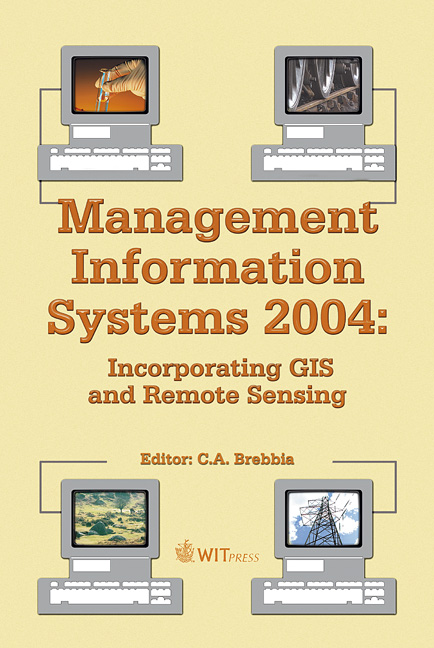Farm Types As An Alternative To Detailed Models In Evaluation Of Agricultural Practise In A Certain Area
Price
Free (open access)
Volume
32
Pages
10
Published
2004
Size
1,328 kb
Paper DOI
10.2495/MIS040241
Copyright
WIT Press
Author(s)
I. T. Kristensen & I. S. Kristensen
Abstract
Agriculture has a significant impact on the environment in Denmark due to nutrient emissions. To reduce the impact, it is necessary to have improved nutrient management both at national and regional scales. Our knowledge about important model parameters to describe nutrient balances has increased, but at a local level there is often a lack of the necessary data. Therefore, the Danish Institute of Agricultural Sciences has tried to find alternative data sources to describe nutrient management. One approach is to use data from databases of land and fertiliser use (e.g. registers established to support the administration of the EU Community agricultural support) combined with very detailed knowledge about a limited number of farms from a random sample of farm accounts and study farms. A typology based on main production and stock density is established from a set of representative data sets. Models of production and nutrient flows for each farm type are developed based on detailed information from case studies etc. Based on register data (including geo-references for each farm), the farms are classified according to the typology and the total N-surplus in the region is estimated based on the amount of areas within each farm type. The first test of the method has been on a regional scale in a vulnerable watershed. The preliminary results look promising and the work is now extending the model to analyse possible improvements in selected farm type factors on e.g. nutrient loss in the watershed.
Keywords





